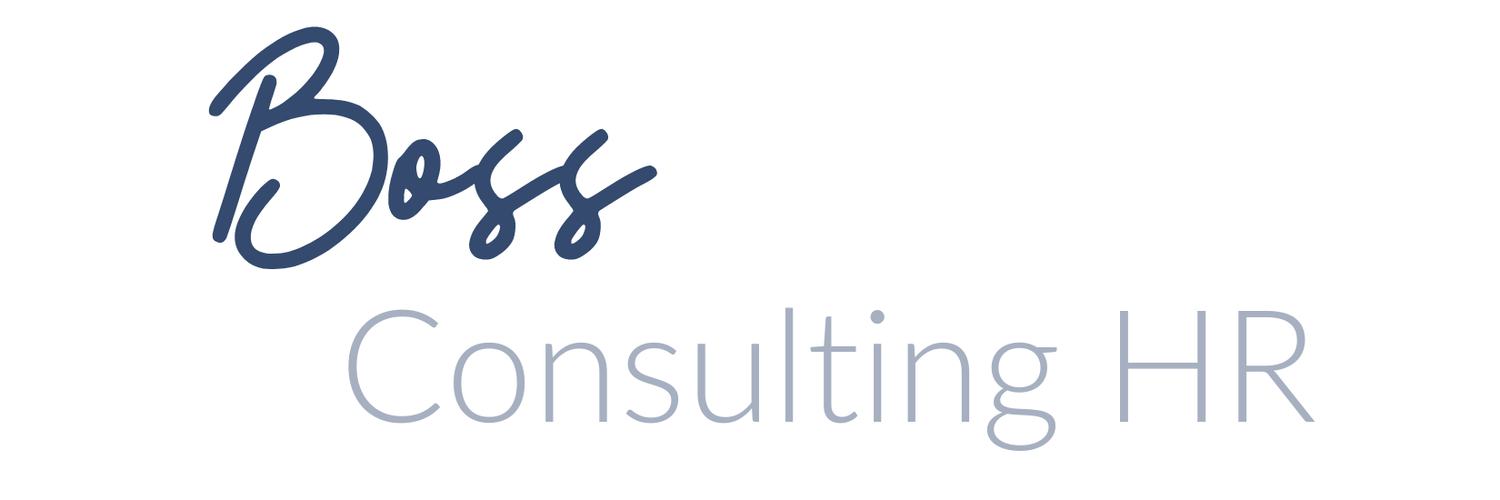What We're Watching | Week of September 12, 2022
What We're Watching, a weekly summary from the team at Boss Consulting HR, to highlight the ever-moving parts that is Human Resources.
Federal Updates
Do you know the ins and outs of the most significant ADA Rulings? You Need To.
HR Practitioners, this one is for you.
Last week, HR Morning outlined the top 5 ADA (Americans with Disabilities Act) rulings HR practitioners need to know. It was a great list so we are passing it along to you. To read the full article (for more in-depth info about each ruling and why it’s important) click here. For the condensed version read more below.
The HR Practitioner’s Guide to Supreme Court ADA Rulings:
Takeaway → When deciding if an employee or potential employee is a “direct threat” (one who presents an unacceptable health or safety risk) the decision cannot be based on a “good-faith belief.” Instead, this determination must come from objective and medical evidence alone.
Takeaway → The Social Security Administration determines disability benefits without considering reasonable accommodations. For this reason, even if an employee applies for SSA disability benefits, it does not signify that they are unqualified to do their job. As an employer, you shouldn’t treat it as such. Firing an employee on this basis could open you up to an ADA suit.
Takeaway → Although this original ruling was amended in 2008, it still gives us valuable takeaways. The scope of the term “disability” is quite broad under the ADA. This, in and of itself, is essential for HR professionals to understand.
Further, when determining whether a disability is covered, the ADA takes into account both: impairments that can be “controlled by medication,” and those that can be controlled by other “corrective and mitigating measures.” It is important to understand the nuances of this topic.
Takeaway → Reasonable accommodation is an often confusing and subjective term. But it (and its limitations) are important to understand in practice. If you can show that a requested accommodation will interfere with established systems, it is “normally enough” evidence for the accommodation to be considered not reasonable (not required).
Takeaway → Building on the “direct threat” takeaway from Bragdon v. Abbott, this ruling deems an employee (or applicant) unqualified to perform the job if they are unable to perform it safely. This safety extends to both the employee themself and to others.
This ensures that employers can enforce a “safe workplace.” But it is important to tread carefully when making this decision. And to make it solely on the basis of objective, factual evidence. Reasonable accommodation must also be taken into account.
Joint-Employment Rules May Be Changing … Again. Will new rules affect you?
The 2020 joint employer rule may soon be replaced. September 6th marked a new proposed rulemaking by the National Labor Relations Board (NLRB). This new proposal increases liability to employers and limits flexibility for inter-business relationships.
If it were to take effect, employers who “‘share or codetermine matters governing employees’ essential terms and conditions of employment” would be considered joint employers. And be held to the terms of joint employment under the National Labor Relations Act (NLRA).
The new rule would all but reinstate the 2015 Browning-Ferris decision. Simply having the ability to assert authority or control would be considered joint employment. Those affected include companies that provide temporary labor, staffing agencies, franchises, and others.
We encourage you to pay attention to this proposed rule, and we’ll keep you up to date as things develop. It’s never too early to review your own contracts and evaluate your operations to determine if any put you at risk of joint employment. For more details, read the full article from SHRM here.
If you would like to chat with an HR professional to ensure your current contracts leave no room for joint employment liability, or if you have questions on how best to proceed in light of these potential changes, we are here to help! Schedule a consult with Boss Consulting HR here.



